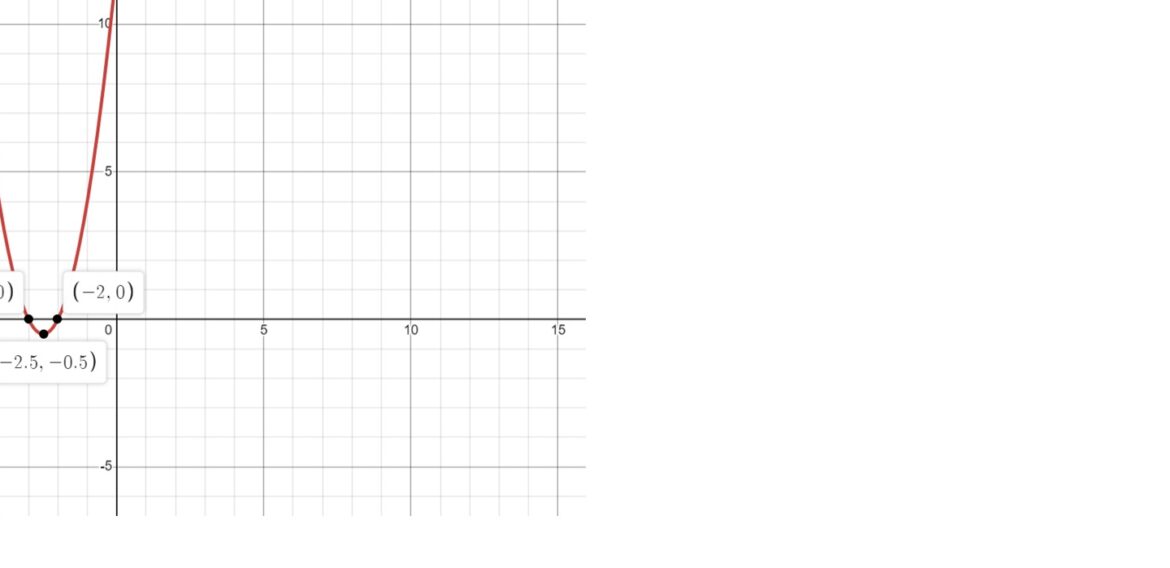Quadratic equations
1. Understanding Quadratic Functions:
- Definition: A quadratic function is a polynomial function of the form f(x) = ax² + bx + c, where a, b, and c are constants, and a ≠ 0.
- Graphical Representation: Quadratic functions yield parabolic graphs, which can open upwards or downwards depending on the sign of ‘a’.
- Vertex Form: The vertex form of a quadratic function is f(x) = a(x – h)² + k, where (h, k) represents the vertex of the parabola.
2. Properties of Quadratic Graphs:
- Vertex: The vertex of a parabola represents its highest or lowest point, depending on the direction of opening. It lies on the axis of symmetry.
- Axis of Symmetry: A vertical line passing through the vertex, dividing the parabola into two symmetric halves.
- Intercepts: Quadratic graphs intersect the x-axis at one or two points called x-intercepts (zeros or roots) and the y-axis at a point called the y-intercept.
- Maximum/Minimum: The maximum or minimum value of a quadratic function occurs at its vertex.
3. Analyzing Quadratic Graphs:
- Transformation of Quadratic Graphs: Shifting, stretching, or compressing the graph horizontally or vertically by manipulating ‘a’, ‘h’, and ‘k’.
- Discriminant and Nature of Roots: The discriminant (Δ = b² – 4ac) determines the nature of roots of the quadratic equation. If Δ > 0, the graph intersects the x-axis at two distinct points, indicating real and distinct roots. If Δ = 0, the graph touches the x-axis at one point, indicating real and equal roots. If Δ < 0, the graph does not intersect the x-axis, indicating complex roots.
- Rate of Change: Quadratic functions exhibit varying rates of change, increasing or decreasing depending on the sign of ‘a’.
4. Applications of Quadratic Graphs:
- Projectile Motion: Quadratic functions model the trajectory of objects under the influence of gravity, such as projectiles.
- Engineering and Physics: Used to analyze motion, optimize designs, and solve problems related to mechanics and dynamics.
- Economics: Modeling revenue, cost, and profit functions to optimize business strategies and decision-making processes.
- Computer Graphics: Parabolic curves are extensively used in computer graphics for rendering, animation, and simulation.
5. Conclusion: Quadratic graphs offer a rich landscape for exploration, providing insights into various mathematical concepts and real-world phenomena. By understanding their properties, transformations, and applications, we gain a deeper appreciation for the elegance and versatility of quadratic functions. Whether in mathematics, science, or technology, the study of quadratic graphs continues to inspire innovation and discovery
Example 2x2 + 10x +12


